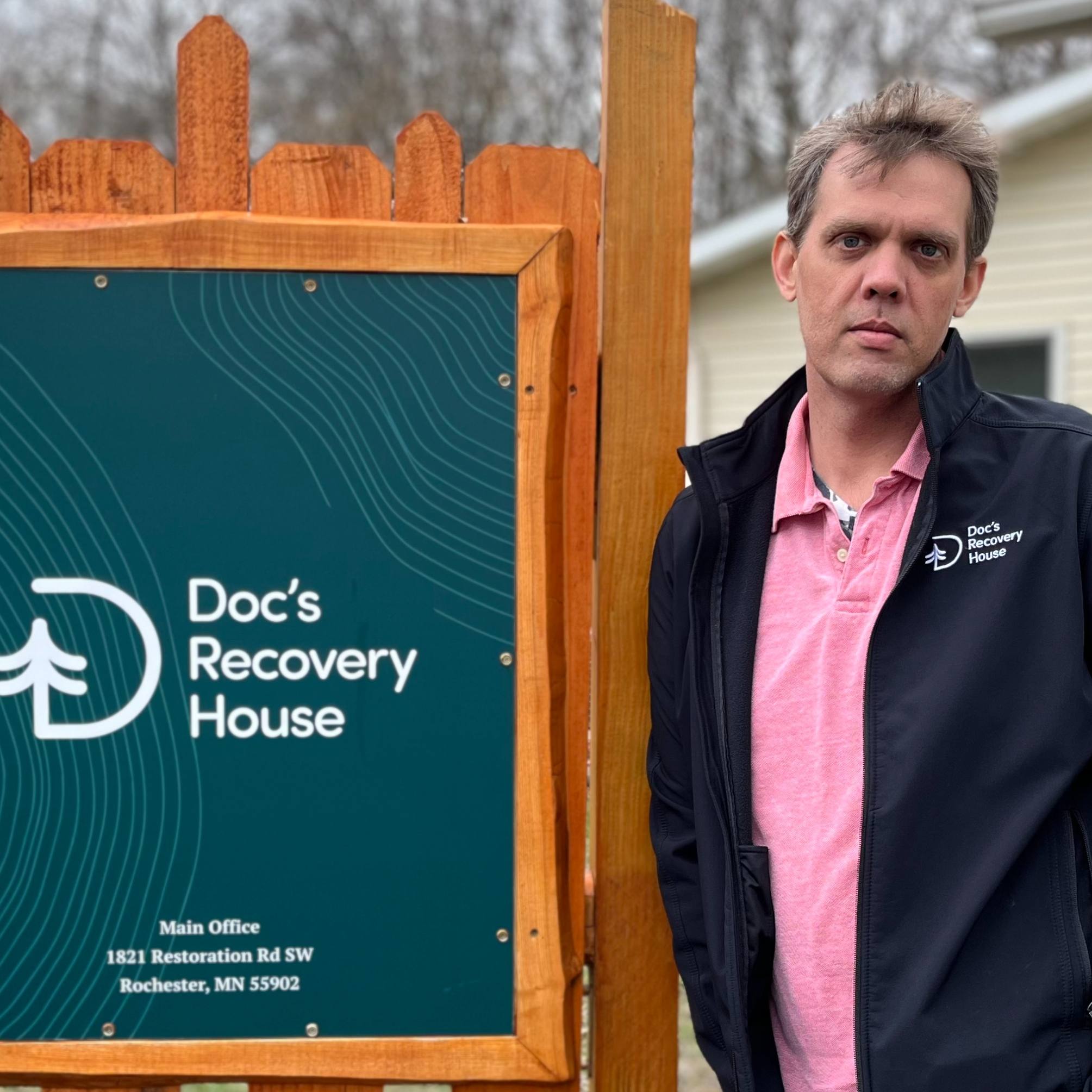-
Health & Wellness
Mitochondria vs. Alzheimer’s

Targeting mitochondria is a promising therapeutic strategy, study shows
"Mitochondria are the powerhouses of the cell." Many a young science student has heard that truism.
"Mitochondria are extremely important because they ensure that we have energy supply for cells to conduct functions," says Mayo Clinic researcher Eugenia Trushina, Ph.D. "Otherwise, we would all be dead without energy."
With that fundamental role in our health, could mitochondria offer an answer to prevent or reverse the death of brain cells in patients with Alzheimer's disease? Could scientists intervene at the mitochondrial level and improve the devastating decline in thinking, behavioral and social skills that affects a person's ability to function independently?
In a recent study in the Nature Research journal Communications Biology, Dr. Trushina and colleagues demonstrated in a translational mouse model that mitochondrial complex I could be targeted with a potential drug molecule to treat Alzheimer's disease.
Typically, in the drug discovery process, a small molecule is developed for a specific protein target. In this study, the current tool compound, small molecule tricyclic pyrone CP2,penetrated the blood-brain barrier and accumulated in mitochondria.
As a proof of concept, the team demonstrated that partial inhibition of mitochondrial complex I with CP2 blocked cognitive decline and neurodegeneration. The result: Key characteristics of Alzheimer's disease improved, such as nerve cells communicating with each other and creating the synaptic activity that plays a role in forming memory.

New research avenues critical to stop Alzheimer's
The failure of clinical trials focused on reducing the toxic proteins amyloid beta and tau underscores the need to discover new therapies for patients with Alzheimer's disease, the study authors note. "We have identified a new target," Dr. Trushina says. "We're not focusing on reducing a-beta production or reducing tau. We're targeting mitochondria."
The researchers cross-validated mouse and human data using the NIH Accelerating Medicines Partnership – Alzheimer's Disease database. Their findings in mice demonstrated that improved neural pathways represent mechanisms essential to treat people with Alzheimer's disease. The team found improvements to brain energy homeostasis, or the exchange needed for cells to take in food and expend energy. Neurodegeneration also was blocked by reducing oxidative stress and inflammation, the major contributing mechanisms to the death of neural cells in Alzheimer's disease.
In Alzheimer's disease, damage to the brain begins years before the first symptoms such as difficulty remembering or concentrating appear. In the study, treatment with the pharmacological inhibitor was started after the onset of amyloid buildup in the brain, cognitive symptoms and progressive neurodegeneration.
"The demonstration that we have stopped the progression of the disease after the development of cognitive dysfunction and ongoing neurodegeneration is very important," Dr. Trushina says, pointing to the study's therapeutic efficacy achieving translational relevance. "That's as close to mimicking human disease as we could come to when people come to the clinic."
To monitor therapeutic efficacy, the study used advanced imaging such as fluorodeoxyglucose (FDG)-positron emission tomography (PET), or FDG-PET, and phosphorus-31 nuclear magnetic resonance, which also could be used in clinical trials.
This work paves the road to the development of drug-like molecules for clinical application, being optimized now for safe use in clinical trials.
This research was supported by grants from the National Institutes of Health, Alzheimer's Drug Discovery Foundation, Minnesota Partnership for Biotechnology and Medical Genomics, National Cancer Institute, the Alzheimer’s Association Part the Cloud Program, Robert and Arlene Kogod, the Connor Group, Robert J. and Theresa W. Ryan, and the Noaber Foundation. The authors declare no competing interests.
###
Related Articles







